On this article, we are look into five New guidelines as per SOLAS on rescue boat launching. Rescue boat as one of the LSA which we discussed earlier on previous article, provides’ a quicker and more efficient option for helping man overboard at sea.
Rescue boat are also equipped with all the basic first aid equipment that would be required to aid distressed sailors after rescue from water.
To head directly to the point regarding rescue boat launching, we are to touch these major sections, which will help explain more better regarding better new guidelines as per SOLAS;
- Rescue boat drills
- Rescue boat drill frequency
- Safety drills
- Drilling as an actual emergency
- Launching and recovery of rescue
Rescue boat drills
It’s expected that every crew member must be familiar with the life saving appliances (LSA) equipment onboard before joining a ship.
But frequent onboard training is necessary for ensuring that everyone has the knowledge for safe operations of the LSA equipped on board the ship you newly joined. It’s important that all Crew members must be familiarized so that they have confidence for the operation of vessels LSA equipments.
The major objectives of Onboard drills are:
• To get familiarization
• To be competence
• obtain effective and safe mode operations.
Actually, time limits do not play a key role in onboard drills even though SOLAS has set out time limits for rescue boat operations. However, competence training is more important than time limits (See guidelines on safety during abandoning ship drills using lifeboats, MSC.1/Circ.1578).
It has been seen that the accidents usually happen during mandatory drills. This is why IMO regulations no longer require rescue boats and lifeboats to be manned during launching and recovery. If possible, the boat should be manned after launching. ( See GARD, 2008).
Though this guide has been so confusing to the ship’s crews, that is why we are explaining it part by part. Any port state control (PSC) inspector may ask this question during lifeboat or rescue boat drills. Also note, in some ship’s, one of the life boat can be equipped to serve as rescue boat.
What is the Rescue boat launching drill frequency ?
While onboard vessel, It is important to have frequent drills to gain experience and confidence in use of LSA equipment, most importantly rescue boat launching.
At least once a week frequent drills or checks will also make sure that the equipment is effective and in workingcondition. Also, drill scheduling is important because of frequent crew changes. Scheduling of drills ensures that every crewmember will get familiar with the LSA equipment.
Related read; How To Maintain Rescue Boat Outboard Engine !
As per “IMO , 2014” Ships rescue boat should be launched and driven by its assigned crew once a month as far as
it is reasonable. In every case rescue boat should be launched and driven at least once every three months, to avoid seizor of launching mechanism .
How to conduct safety drill ?
According to MSC.1/Circ.1578 IMO published Guidelines on Safety During Abandon Ship Drills Using Lifeboats. These guidelines give a good perspective on how to arrange a safe drill and what is the purpose of the drill.
To conduct a safety drill crews must make Planning. While on planning, all the recognized risks should be avoided and minimized by keeping the drill in accordance with shipboard requirements of occupational safety.
Part of the planning is to make sure that the LSA equipment is in good working condition according to the maintenance manuals and
documentation.
Officers responsible for the drill should review the manufacturer’s instruction manual and make sure that all persons operating LSA equipment are familiar to the instruction manual. Result of the drill should be documented and included in the planning of the next drill.
Conducting drills as an actual emergency
When preparing and conducting a rescue boat drill it is mandatory to perform every task by “safety first” thinking. SOLAS regulation III/19.3.1 says: “Drills shall, as far as practicable, be conducted as if there were an actual emergency.” SOLAS regulation III/14.1 says that
rescue boat needs to be stowed: “in a state of continuous readiness for launching in not more than 5 min…” It is important to understand that these regulations should not be kept as a priority objective in drill performance.
SOLAS regulation III/19.3.1 means that drill safety may require some elements of an actual emergency to be excluded from the drill because those elements may cause unnecessary risk for the safety of the ship and the crew. Time limits of SOLAS regulation III/14.1 should not be kept as an objective in rescue boat drill. The main objective of the drill is to gain crew competence not to have acident.
What is the new rules of lifeboat or rescue boat launching and recovery?
While onboard in 2019, at Ireland, some port state control (PSC) inspectors boarded our ship for inspection, they requested for safety drill, and life / rescue boat launching.
On the process, chief mate was asked how the boat should be launched. Either by crews Onboard or after lowering it to water level. The ship failed PSC inspection drill just because of wrong (old) guide answered by chief mate.
Now note; SOLAS regulation III/19.3.3.6 say: “As far as is reasonable and practicable, rescue boats other than Iifeboats which are also rescue boats, shall be launched each month with their assigned crew aboard and manoeuvred in the water.” That regulation can be easily
misunderstood. The regulation does not require the rescue boat to be manned during launching or recovery.
The regulation only requires the rescue boat to be driven by its assigned crew in the water. Launching the rescue boat with its full complement onboard may cause unnecessary risk for the safety of the crew(considering rules list earlier about safety drill). Rescue boat launching with crew onboard should only be conducted if “special precautions are observed“. It is recommended that the rescue boat is launched and recovered without any persons onboard if possible.
As per IMO, 2017b, If the arrangements require persons to be onboard the boat during launching and recovery, it is recommended that the rescue boat launching and recovery system will be tested first without any persons onboard to make sure that the system is functioning correctly.
Rescue boat Launching with the ship making underway
In SOLAS there is no regulation that the ships rescue boat launching should be done with the ship underway or headway. Even though rescue boats are required to be capable of such launching it is completely master’s decision to perform such a drill, but must take all safety precautions.
SOLAS regulation III/17.3 says: ”..all rescue boats shall be capable of being launched, where necessary utilizing painters,with the ship making headway at speeds up to 5 knots in calm water.”
The regulation concerns the speed only as a rescue boat performance requirement. There are no SOLAS or LSA-code requirements for the ships speed when recovering the boat.
According to SOLAS regulation III/19.3.3.7 , if rescue boat launching drill, when ship is underway is carried out, it should be performed only in calm weather and sheltered waters.
Base on the cases above, these Emergency situations should be considered when a vessel takes part in search and rescue operations. The ship master should take into consideration:
• ship’s maneuvrebility
• ship’s freeboard
• points on the ship where casualties may be recovered
• characteristics and limitations of equipment to be used for operation
• available crew and personal protective equipment
• wind force, direction and spray
• significant wave height
• period of waves
• swell
• safety of navigation
Considering IMO, 2012, Initiation and continuation of recovery operations should always be master’s decision taking into account above mentioned characteristics.
Conclusion
All safety drills are to keep crews ready in case of any emergency. They are to be taken seriously and observations should be made, discussed on the tools box meeting. This will help crews during any emergency. Work safe and earn safe.
Do you wish to contribute to an article like this? Email it to us via contact us section. Don’t forget to sharing this article with friends (if helpful) and subscribe below for our post updates.



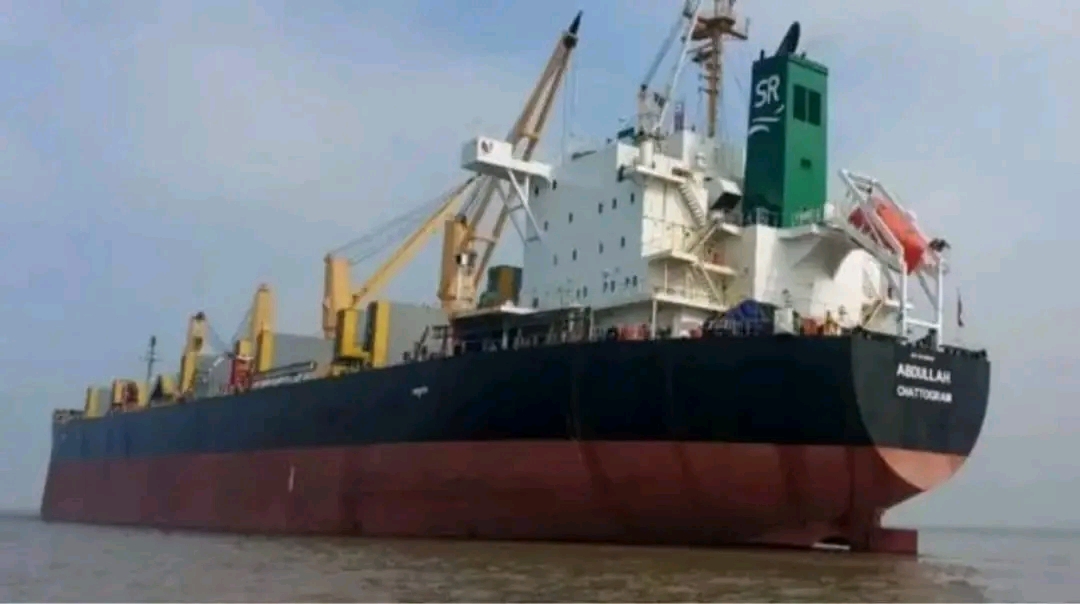
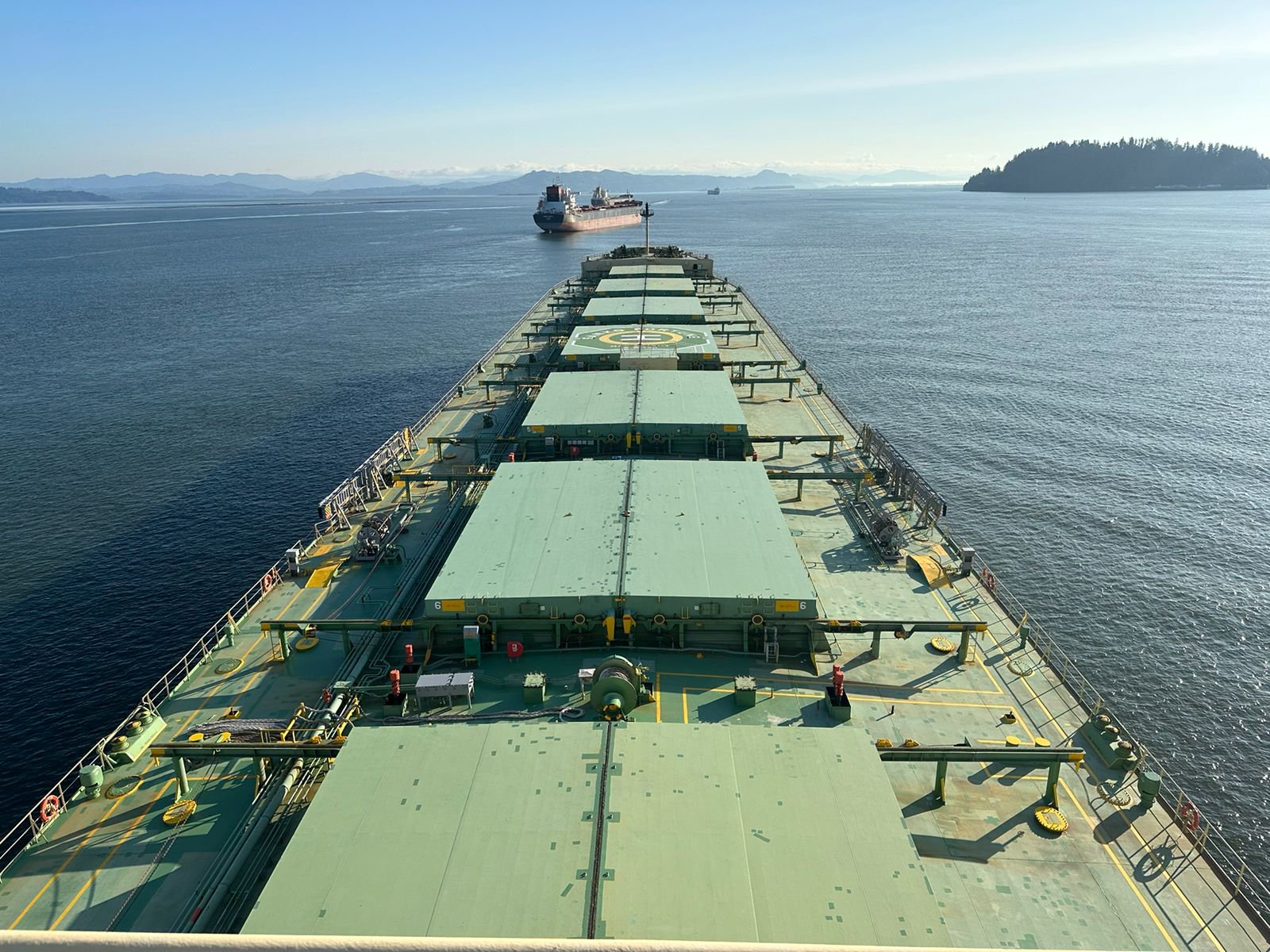
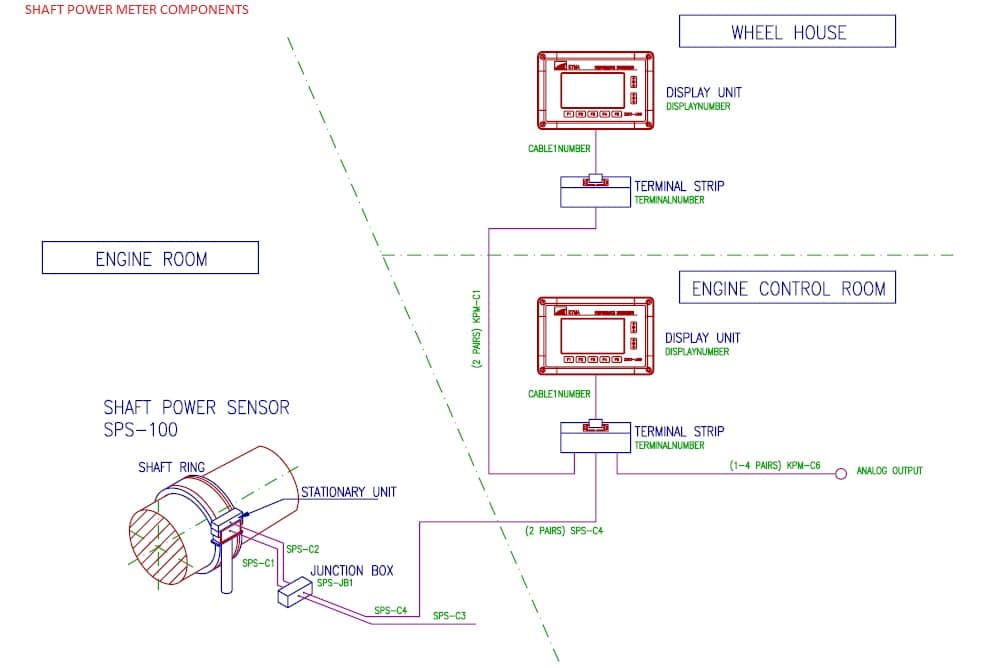
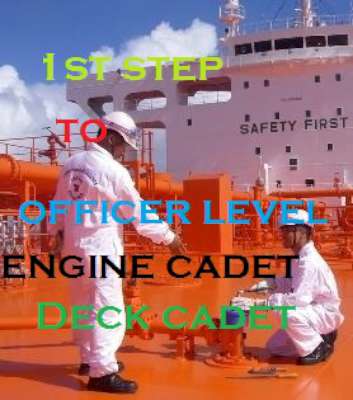
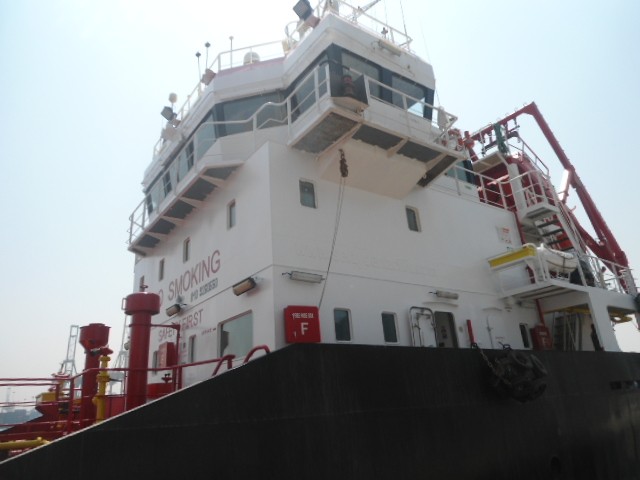


2 thoughts on “5 Tips on New rescue boat launching guidelines”
HAve a nice day.
1. According to SOLAS regulation III/19.3.3.7 , if rescue boat launching drill, when ship is underway is carried out, it should be performed only in calm weather and sheltered waters.
Reply:
a. When in new building stage the launching of the rescue boat has to be carried out with the ship sailing at about the 5 knt.
b. Any ship’s crew must be able in launching and recovering the rescue boat with the necessary (2) personnel on board. The said persons must be properly trained so as to start the lifeboat engine prior to its launching (in order to be enabled in maneuvering the rescue boat) and release the rescue boat either with the usage of the ‘of load’ release (as normal) or with the usage of the ‘on load’ release (as for emergency e.g.: presence of 2 m waives..etc.) Otherwise, in the case of a real issue they won’t be able in operating safely the rescue boat.
Thanks for your attendance
bookmarked!!, I love your blog!